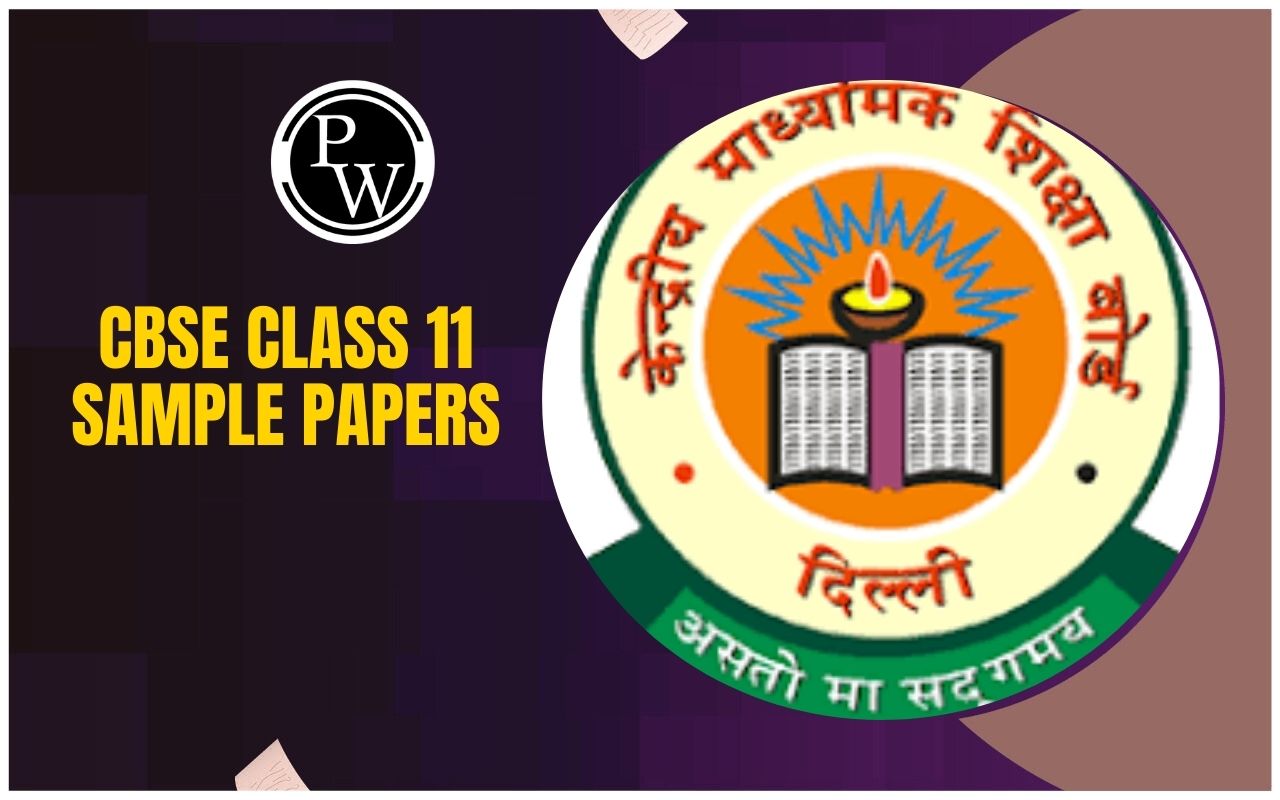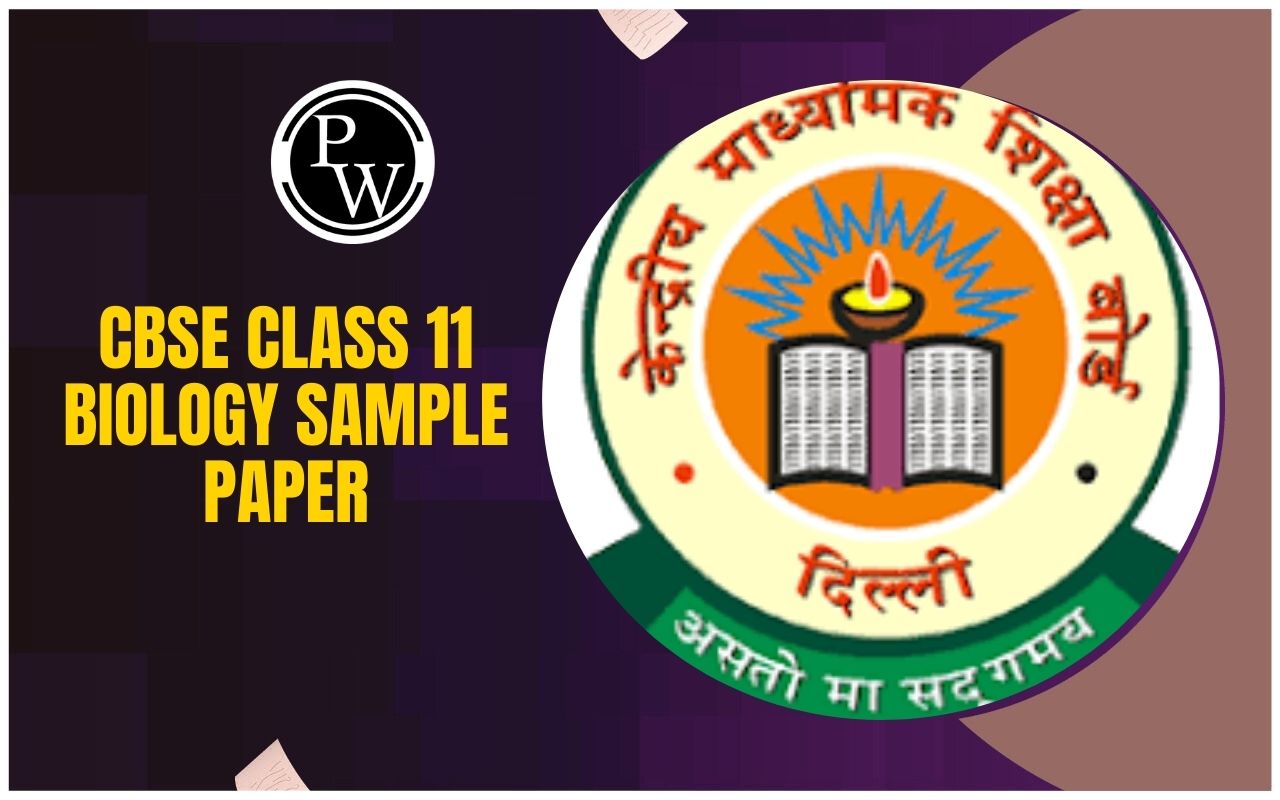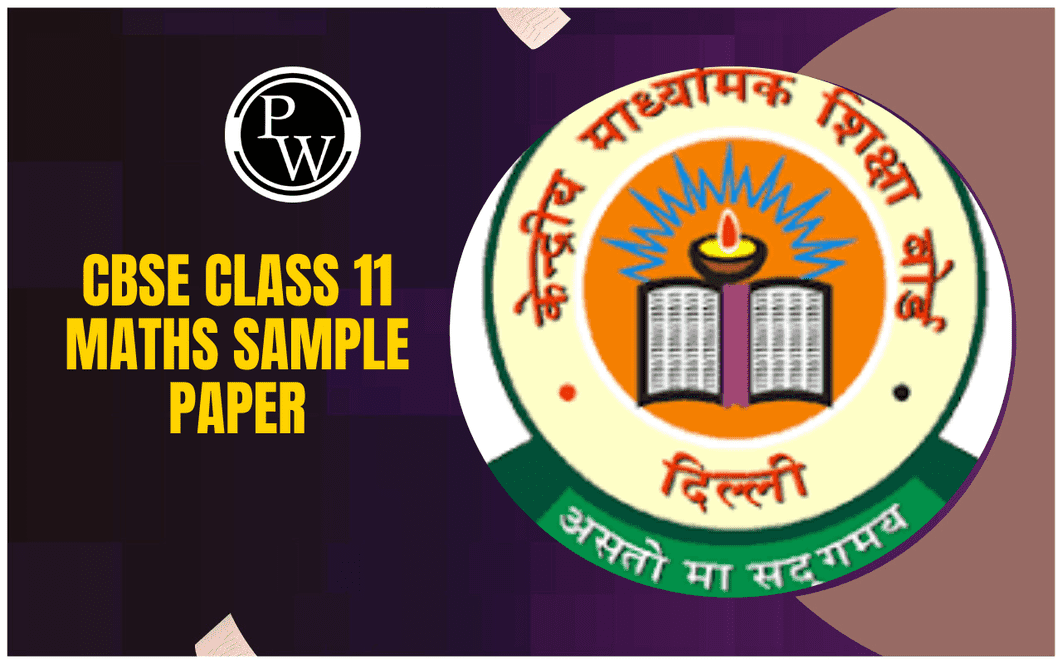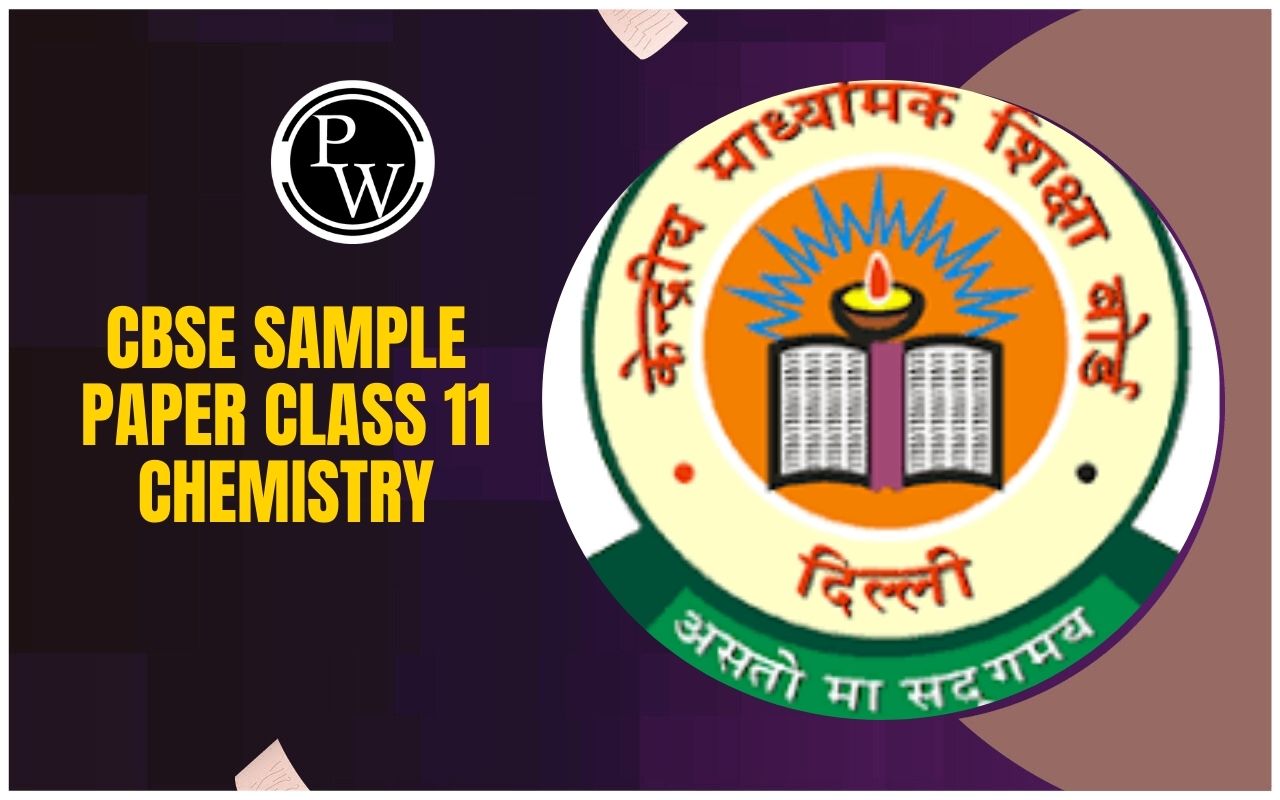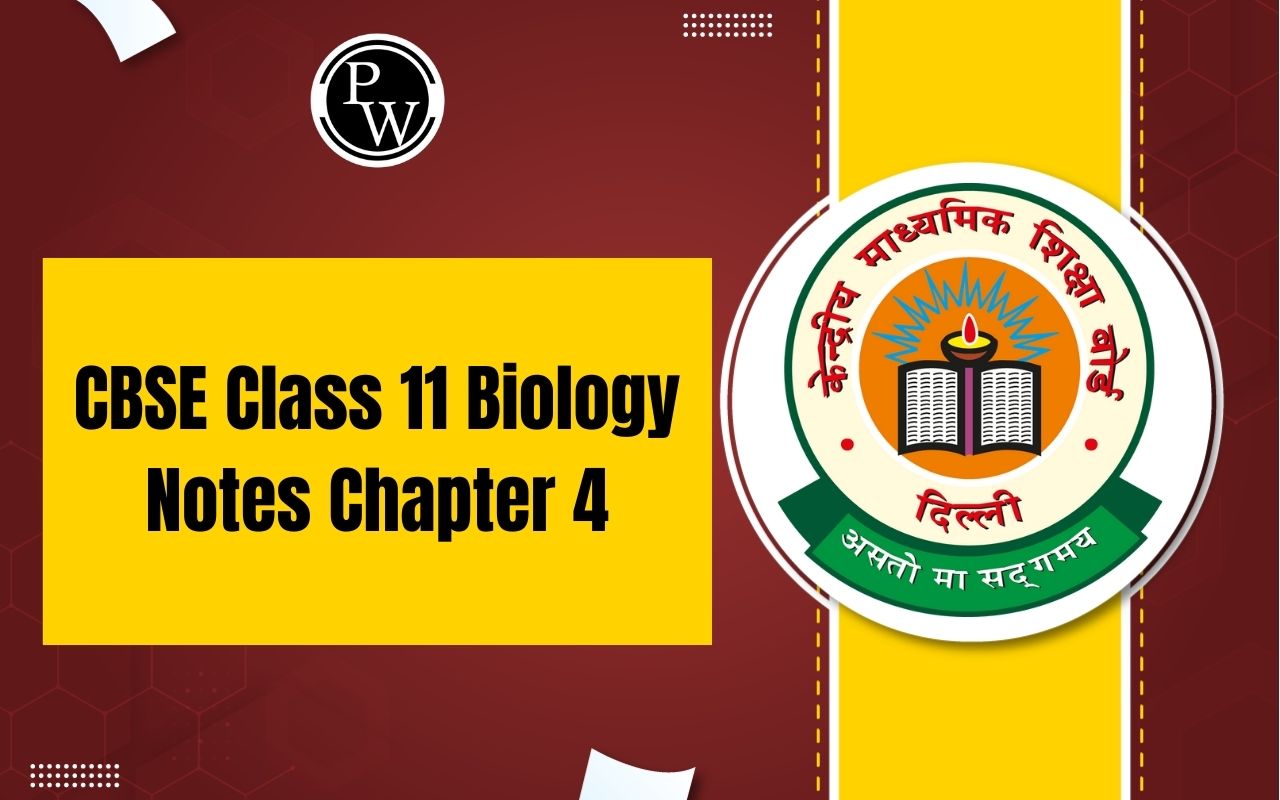
NCERT Solutions for Class 11 Maths Chapter 2 Exercise 2.2: Here are the NCERT Solutions for Class 11 Maths Chapter 2 Exercise 2.2, which focus on understanding and solving problems related to relations. A relation R from a non-empty set A to another set B is a subset of the Cartesian product A×B, where each ordered pair(a,b) describes a connection between elements of A and B.
The solutions cover important concepts such as domain, range, and codomain, along with methods for representing relations, including the roster method, set-builder method, and arrow diagrams. These step-by-step solutions help students grasp the fundamentals of relations and their practical applications.NCERT Solutions for Class 11 Maths Chapter 2 Exercise 2.2 Overview
Exercise 2.2 in Chapter 2 of Class 11 Maths focuses on understanding the concept of relations in detail. The problems in this exercise test your knowledge of how to define, analyze, and represent relations between two sets using different methods. Here’s what the exercise emphasizes:Key Concepts Covered:
Relations :
- A relation R is a subset of the Cartesian product A×B , where A and B are non-empty sets.
- The relation establishes a connection between elements of A (called the domain) and elements of B (the range).
Domain, Range, and Codomain :
- Domain : The set of all first elements in the ordered pairs of a relation.
- Range : The set of all second elements in the ordered pairs.
- Codomain : The entire set B , which includes all possible outputs, not just the ones in the range.
Representation of Relations :
- Roster Method : Listing the ordered pairs explicitly.
- Set-builder Method : Describing the relation using a mathematical condition.
- Arrow Diagrams : Showing relations visually with arrows connecting elements of A to B.
Class 11 Maths Chapter 2 Exercise 2.2 Questions and Answers PDF
The Class 11 Maths Chapter 2 Exercise 2.2 Questions and Answers PDF provides detailed solutions to problems based on relations, including concepts like domain, range, and codomain. The PDF includes step-by-step explanations, making it easier to grasp the concepts and apply them to similar problems. For your convenience, the link to download the PDF is provided below.Class 11 Maths Chapter 2 Exercise 2.2 Questions and Answers PDF
NCERT Solutions for Class 11 Maths Chapter 2 Relations And Functions Exercise 2.2
Below is the NCERT Solutions for Class 11 Maths Chapter 2 Relations And Functions Exercise 2.2:1. Let A = {1, 2, 3, … , 14}. Define a relation R from A to A by R = {( x , y ): 3 x – y = 0, where x , y ∈ A}. Write down its domain, codomain and range.
Solution:
The relation R from A to A is given as R = {( x , y ): 3 x – y = 0, where x , y ∈ A} = {( x , y ): 3 x = y , where x , y ∈ A} So, R = {(1, 3), (2, 6), (3, 9), (4, 12)} Now, The domain of R is the set of all first elements of the ordered pairs in the relation. Hence, Domain of R = {1, 2, 3, 4} The whole set A is the codomain of the relation R. Hence, Codomain of R = A = {1, 2, 3, …, 14} The range of R is the set of all second elements of the ordered pairs in the relation. Hence, Range of R = {3, 6, 9, 12}2. Define a relation R on the set N of natural numbers by R = {( x , y ): y = x + 5, x is a natural number less than 4; x , y ∈ N}. Depict this relationship using roster form. Write down the domain and the range.
Solution:
The relation R is given by
R = {( x , y ): y = x + 5, x is a natural number less than 4, x , y ∈ N } The natural numbers less than 4 are 1, 2, and 3. So, R = {(1, 6), (2, 7), (3, 8)} Now, The domain of R is the set of all first elements of the ordered pairs in the relation. Hence, Domain of R = {1, 2, 3} The range of R is the set of all second elements of the ordered pairs in the relation. Hence, Range of R = {6, 7, 8}3. A = {1, 2, 3, 5} and B = {4, 6, 9}. Define a relation R from A to B by R = {( x , y ): the difference between x and y is odd; x ∈ A, y ∈ B}. Write R in roster form.
Solution:
Given, A = {1, 2, 3, 5} and B = {4, 6, 9} The relation from A to B is given as R = {( x , y ): the difference between x and y is odd; x ∈ A, y ∈ B} Thus, R = {(1, 4), (1, 6), (2, 9), (3, 4), (3, 6), (5, 4), (5, 6)}4. The figure shows a relationship between the sets P and Q. Write this relation
(i) in set-builder form (ii) in roster form.
What are their domain and range?
Solution:
From the given figure, it’s seen that P = {5, 6, 7}, Q = {3, 4, 5} The relation between P and Q Set-builder form (i) R = {( x, y ): y = x – 2; x ∈ P} or R = {( x, y ): y = x – 2 for x = 5, 6, 7} Roster form (ii) R = {(5, 3), (6, 4), (7, 5)} Domain of R = {5, 6, 7} Range of R = {3, 4, 5}5. Let A = {1, 2, 3, 4, 6}. Let R be the relation on A defined by
{( a , b ): a , b ∈ A, b is exactly divisible by a }.
(i) Write R in roster form.
(ii) Find the domain of R.
(iii) Find the range of R.
Solution:
Given, A = {1, 2, 3, 4, 6} and relation R = {( a , b ): a , b ∈ A, b is exactly divisible by a } Hence, (i) R = {(1, 1), (1, 2), (1, 3), (1, 4), (1, 6), (2, 2), (2, 4), (2, 6), (3, 3), (3, 6), (4, 4), (6, 6)} (ii) Domain of R = {1, 2, 3, 4, 6} (iii) Range of R = {1, 2, 3, 4, 6}6. Determine the domain and range of the relation R defined by R = {( x , x + 5): x ∈ {0, 1, 2, 3, 4, 5}}.
Solution:
Given, Relation R = {( x , x + 5): x ∈ {0, 1, 2, 3, 4, 5}} Thus, R = {(0, 5), (1, 6), (2, 7), (3, 8), (4, 9), (5, 10)} So, Domain of R = {0, 1, 2, 3, 4, 5} and Range of R = {5, 6, 7, 8, 9, 10}7. Write the relation R = {( x , x 3 ): x is a prime number less than 10} in roster form.
Solution:
Given, Relation R = {( x , x 3 ): x is a prime number less than 10} The prime numbers less than 10 are 2, 3, 5, and 7. Therefore, R = {(2, 8), (3, 27), (5, 125), (7, 343)}8. Let A = { x , y , z} and B = {1, 2}. Find the number of relations from A to B.
Solution:
Given, A = { x , y , z} and B = {1, 2} Now, A × B = {( x , 1), ( x , 2), ( y , 1), ( y , 2), ( z , 1), ( z , 2)} As n (A × B) = 6, the number of subsets of A × B will be 2 6 . Thus, the number of relations from A to B is 2 6 .9. Let R be the relation on Z defined by R = {( a , b ): a , b ∈ Z, a – b is an integer}. Find the domain and range of R.
Solution:
Given, Relation R = {( a , b ): a , b ∈ Z, a – b is an integer} We know that the difference between any two integers is always an integer. Therefore, Domain of R = Z and Range of R = ZBenefits of Solving NCERT Solutions for Class 11 Maths Chapter 2 Exercise 2.2
- Clear Conceptual Understanding : This exercise focuses on the fundamentals of relations, helping students develop a solid understanding of key concepts like domain, range, and codomain.
- Strengthens Problem-Solving Skills : Solving a variety of problems enhances analytical thinking and improves the ability to tackle similar questions in exams.
- Effective Representation Techniques : Students learn different ways to represent relations, such as the roster method, set-builder form, and arrow diagrams, which are essential for visualizing and interpreting mathematical relationships.
- Foundation for Advanced Topics : The exercise lays the groundwork for understanding functions, inverse relations, and their applications in calculus and higher-level mathematics.
- Boosts Exam Preparation : By practicing these solutions, students become familiar with the question patterns and techniques required to solve them, ensuring better performance in exams.
- Enhances Logical Reasoning : Understanding and solving relation-based problems develops logical reasoning and critical thinking skills.
- Error Identification : Working through step-by-step solutions helps identify and rectify mistakes, leading to improved accuracy and confidence.
NCERT Solutions for Class 11 Maths Chapter 2 Exercise 2.2 FAQs
What is Exercise 2.2 of Class 11 Maths Chapter 2 about?
How can the NCERT Solutions for Exercise 2.2 help in exam preparation?
Can these solutions help in competitive exams?
What are the key topics covered in this exercise?

